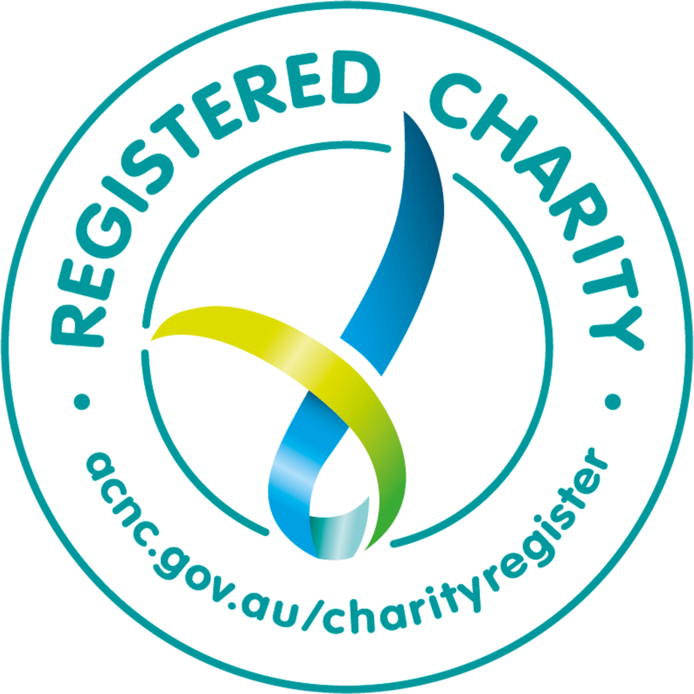This page provides evidenced-based information about some common complementary and alternative treatments that are available. Hopefully, this information will help you to make safe and informed decisions about your care.
Overview of complementary and alternative therapies
After receiving a diagnosis of lymphoma or chronic lymphocytic leukaemia (CLL), you may read, hear, or become interested in various complementary or alternative treatments. A quick Google search of ‘lymphoma treatment’ will bring up pages and pages of recommended creams, tablets and therapies promising relief of symptoms associated with treatment or even a cure. It can be very confusing to know what or who is telling the truth.
It is especially important that you discuss with your doctor any complementary or alternative therapy that you are interested in using. Some complementary and alternative therapies may not be suitable for you. Discussing this with your doctor will ensure that you are making choices that work cohesively with your treatment plan.
What are complementary therapies?
Complementary therapies are therapies or activities which can be used alongside your conventional cancer treatment.
Complementary therapies are not offered as alternatives to conventional cancer treatment (such as chemotherapy or radiation) but may help to manage side effects and increase quality of life during and following treatment.
Some complementary therapies, such as massage, may be recommended during your cancer experience to relieve stress, anxiety and enhance relaxation. Other complementary therapies such as acupuncture may be suggested to help control some of the side effects from treatment or disease including nausea or fatigue.
Examples of complementary therapies:
- Massage
- Acupuncture
- Reflexology
- Meditation and mindfulness
- Thai Chi and Qi Gong
- Art Therapy
- Music Therapy
- Aromatherapy
- Counselling and Psychology
There is evidence that supports the effectiveness of some complementary therapies at different stages in the cancer journey. Some therapies, however, may interfere with treatment or may even worsen side effects. Any decision to try complementary therapies must be made in consultation with your treating team.
What are alternative therapies?
Alternative therapies are different to complementary therapies in that they completely replace conventional cancer treatment options. There is little evidence that any alternative therapies are effective in treating cancer, some may even directly cause harm or suffering.
Examples of alternative therapies:
- Naturopathy
- Vitamin infusions
- Homeopathy
- Chinese herbal medicine
- Detoxes
- Ayurveda
- Bioelectromagnetics
- Very restrictive diets (e.g. ketogenic, no sugar, vegan)
It is strongly encouraged that you be open and honest with your treating team about what treatments or therapies you are considering and the reasons behind them. Health professionals working in cancer care are very used to answering questions relating to complementary and alternative treatments. You should never be made to feel ashamed or embarrassed about your questions. If you feel uncomfortable asking your haematologist directly, another member of your treating team should be able to help you or at least point you in the right direction for advice or support.
Questions to ask your doctor
- I have been looking into (insert therapy/treatment here), could you tell me what you know about it? Or refer me to someone who can give me more information?

